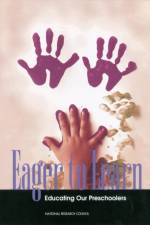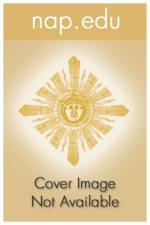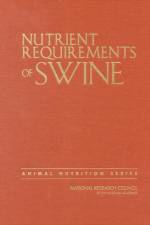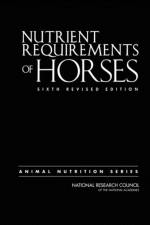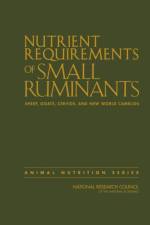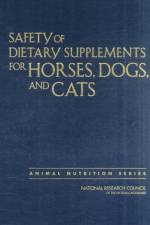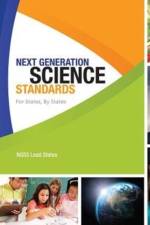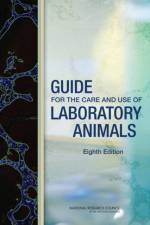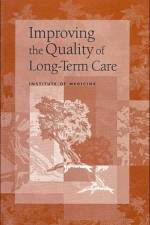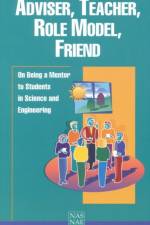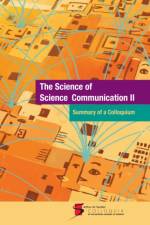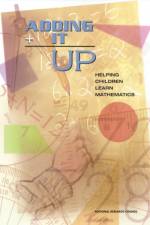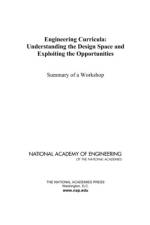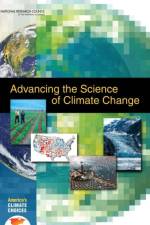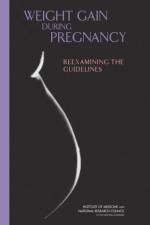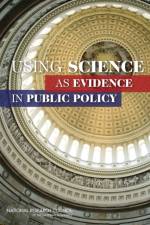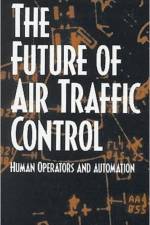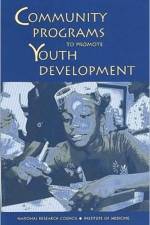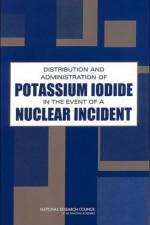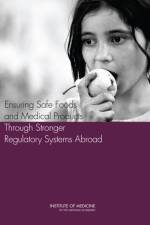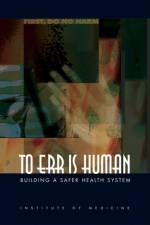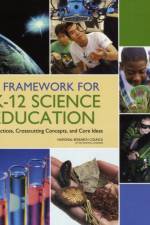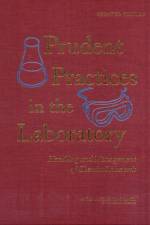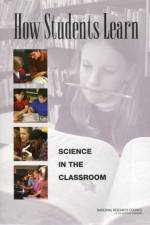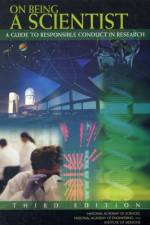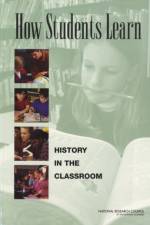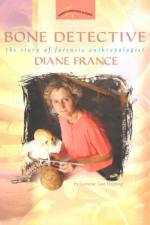av National Research Council
619,-
Clearly babies come into the world remarkably receptive to its wonders. Their alertness to sights, sounds, and even abstract concepts makes them inquisitive explorers--and learners--every waking minute. Well before formal schooling begins, children's early experiences lay the foundations for their later social behavior, emotional regulation, and literacy. Yet, for a variety of reasons, far too little attention is given to the quality of these crucial years. Outmoded theories, outdated facts, and undersized budgets all play a part in the uneven quality of early childhood programs throughout our country. What will it take to provide better early education and care for our children between the ages of two and five? Eager to Learn explores this crucial question, synthesizing the newest research findings on how young children learn and the impact of early learning. Key discoveries in how young children learn are reviewed in language accessible to parents as well as educators: findings about the interplay of biology and environment, variations in learning among individuals and children from different social and economic groups, and the importance of health, safety, nutrition and interpersonal warmth to early learning. Perhaps most significant, the book documents how very early in life learning really begins. Valuable conclusions and recommendations are presented in the areas of the teacher-child relationship, the organization and content of curriculum, meeting the needs of those children most at risk of school failure, teacher preparation, assessment of teaching and learning, and more. The book discusses: Evidence for competing theories, models, and approaches in the field and a hard look at some day-to-day practices and activities generally used in preschool. The role of the teacher, the importance of peer interactions, and other relationships in the child's life. Learning needs of minority children, children with disabilities, and other special groups. Approaches to assessing young children's learning for the purposes of policy decisions, diagnosis of educational difficulties, and instructional planning. Preparation and continuing development of teachers. Eager to Learn presents a comprehensive, coherent picture of early childhood learning, along with a clear path toward improving this important stage of life for all children.

